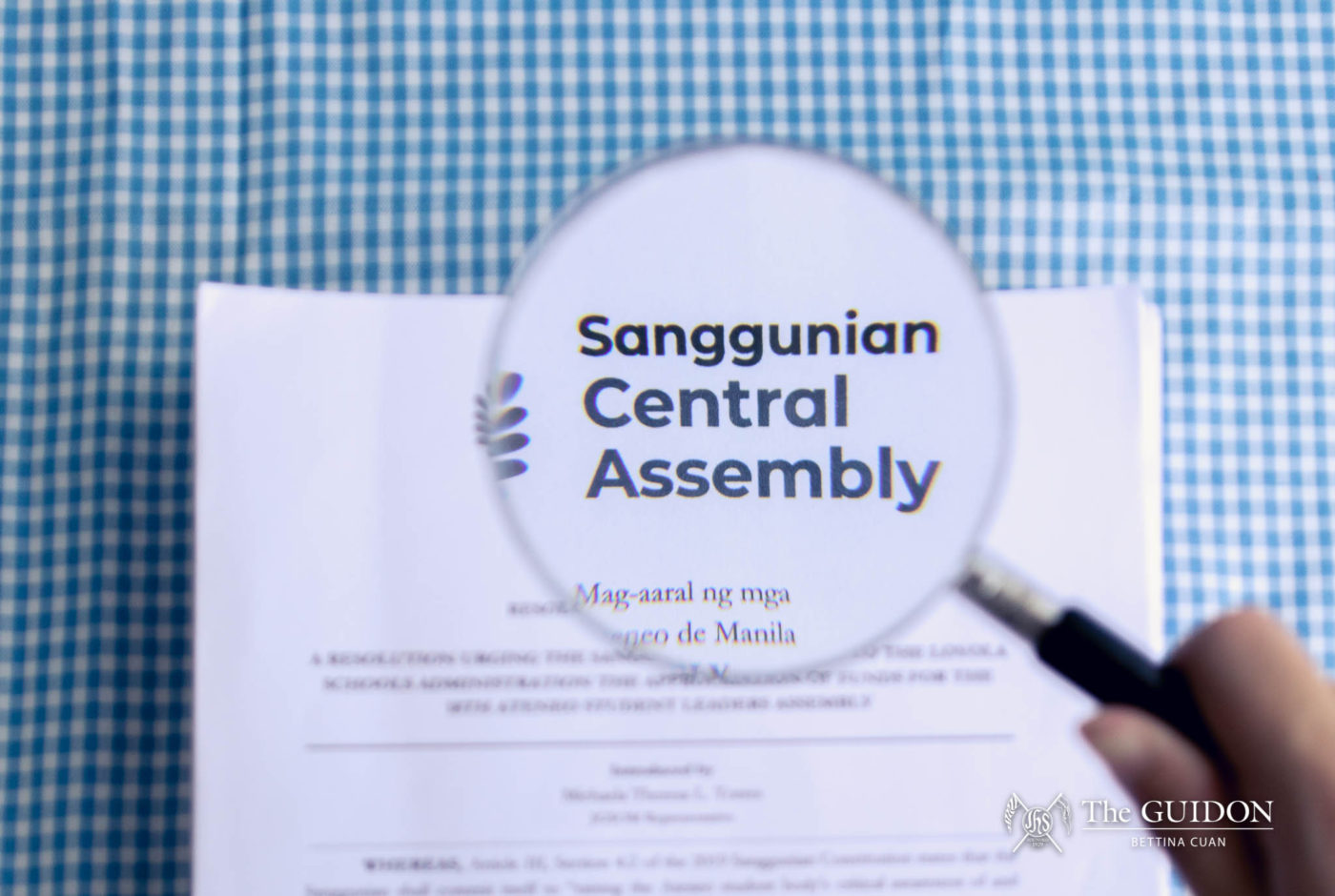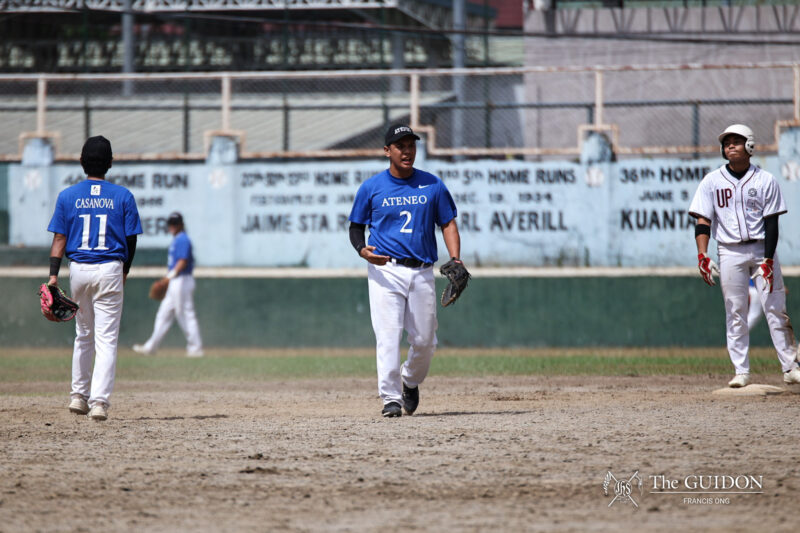AS THE Loyola Schools continue its shift to the online sphere, student democracy is not exempt from this process. The Central Assembly (CA), as the legislative arm of the Sanggunian, is responsible for crafting and deliberating on legislatures that uphold the student body’s multi-sectoral interests—including those of scholars, athletes, and student organizations, among others.
In effect, ensuring transparency to the community is crucial for the CA. Article 22, Section 2 and Article 25, Sections 1 and 2 of the Code of Legislative Procedures (CLP) offer insight into the expectations for the Central Assembly’s transparency. Despite these stipulations, the CA continuously faces challenges in connecting to the community they seek to represent.
Bones in the throat
The CLP dictates that the CA must upload bills and resolutions to the Sanggunian website in a timely fashion, creating a comprehensive archive for the interested public’s reference. Despite these provisions, delays in uploading the needed documents prevail. This becomes immediately evident given that the last resolution to be publicized on the Sanggunian website, Resolution No. 11, was uploaded to the website more than eight months ago on May 27, 2020.
With the transition to an online setting, the Sanggunian has made efforts to streamline their content into a website as opposed to merely posting on Facebook, as commented upon by Sanggunian Vice President Kat Moreno. However, with regard to the publishing of Sanggunian Acts, there are still hurdles to be resolved internally. “We passed a number of bills since then. We reached 15-20 [bills] last year,” she says. Moreno adds that the delays result from the lack of a dedicated website for CA due to the lack of an internal digital development team.
Moreno further notes that time constraints, the CA officers’ academic responsibilities, and the string of typhoons last November all contributed to the delay. However, she provides a hopeful outlook on the website relaunch, as the uploaded resolutions will be available on the website by March 2021—five months after the website was rescheduled to relaunch. She mentions that students can also expect to find minutes and concept notes from the Sanggunian, all of which will undergo a content audit that is being developed by the CA as of writing.
With regard to transparency concerns, Ateneo Student Judicial Court (SJC) Chief Magistrate Nicole Tolentino notes that the delays in updating the official Sanggunian website are not violations to the CLP because the circumstances are not grave. Moreover, she says that the Sanggunian’s publicization of passed resolutions through the body’s alternative channels (such as social media) are undeniably efforts towards transparency. “We (the SJC) send them memos to remind them to circulate the Consti through the student body,” she adds.
With these circumstances, Tolentino emphasizes the importances of following through with publicizing resolutions on their website “given that [it was] created […] to officially promulgate all pertinent documents in the first place.”
CA Secretariat Gian Abalos also observed that CA lacks its own social media platform. Consequently, announcements made by the Sanggunian’s executive and legislative branches get mixed up easily, which may hamper efficiency and clarity. He adds that the launching the CA Facebook page will most likely occur sometime during the Sanggunian elections season to make way for a clean slate in the student government. “I’ll take every opportunity to begin discussions to make [a] soft launch happen before elections,” he states.
Council of Organizations of the Ateneo – Manila (COA-M) President Patricia Aquino adds that branding is one of CA’s points for improvement. She mentions the CA’s website, live streams, transparency, and communication as factors that allow the student body to directly engage with them.
In practicum
The CA officers unanimously observed that Ateneans are largely unaware of the CA’s purpose. Tolentino says that this problem persists due to the divergent needs of students. “We can understand that the recognition kind of lessens over time because students are more focused with academics, so being a part or even recognizing the student government wouldn’t be their priority,” she explains.
Hence, there appears to be a lack of engagement with student constituencies. To illustrate the importance of student engagement in policy making, Ateneo Resident Students Association (ARSA) President and Student Representative Anton Burog describes the difficulty of getting student dormers to respond due to varying concerns. According to him, it is now difficult for ARSA legislation to gain momentum.
This may now pose a challenge to student representation as a whole. As the student government branch responsible for creating policies for the LS community, the CA is in charge of deliberating draft bills submitted by different representatives alongside their legislative teams. Once passed, bills will be considered as acts—or more formally known as a Sanggunian Act (SA). Another example of the CA’s outputs as defined by the CLP are resolutions, a “[…] a non-binding legislation that is used to express the position of a representative.”
Abalos mentions that the CLP is currently being amended to meet the needs of both the members of CA and the student body. The revised CLP aims to formalize the reorganization of the CA’s internal structure, which will effectively establish more specialized sub-units for communications and creatives. Abalos hopes that this will allow for a more stable and efficient structure which will bleed into more public awareness about the CA.
The revised CLP will also include an SA which formally allows non-CA members to approach their sector representatives with concerns and issues that may be raised through a draft bill. In the drafting of the proposal, a consultative body composed of non-CA members will also scrutinize the proposed bills and provide their own input. Abalos notes that this will allow for CA processes to be more accessible to the student body and likewise provide students with more opportunities to participate in the legislative process.
As the Sanggunian continues to adapt students’ representation in a remote setup, digital transparency becomes a key factor in encouraging Ateneans to further partake in civic duty.







